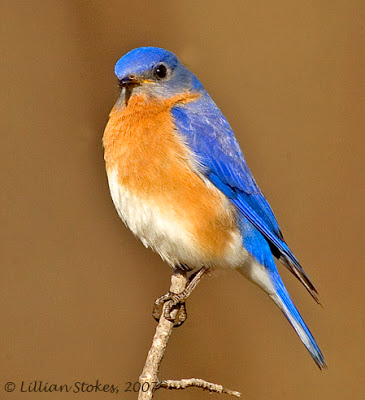Fowl Coaching And Hand Rearing
 (e) African Grey Parrot in a holding cage in a pet store; the plastic meals and water dishes are held of their designed openings with spring clips, with further security provided by dog clips. Depending on the species of chicken, not like canine and cats for instance, they'll live as much as 80 years of age and with a lot love and care can change into some of the worthwhile pets in the house.
(e) African Grey Parrot in a holding cage in a pet store; the plastic meals and water dishes are held of their designed openings with spring clips, with further security provided by dog clips. Depending on the species of chicken, not like canine and cats for instance, they'll live as much as 80 years of age and with a lot love and care can change into some of the worthwhile pets in the house.For http://www.mergemp3.com an in depth parrot coaching system that doubtlessly turns your chook into a fun, loving companion in addition to learning plenty of cool methods, strive Chet Womach's Parrot Coaching Course Do not forget that taming and training a chook takes endurance, never 'punish' your pet! Students with Birds Weblog was based by me: Sarah, a parrot slave with a penchant for analysis and a knack for training animals.
Birds that take food on the wing take a very long time to hone their hunting abilities, without some training, and assistance with handouts for a time, these birds will not survive. Cockatiels can mimic many sounds, such as the bleep of a automotive alarm , a ringing telephone , the sound of a zipper, the beeping of cell telephones or microwaves, or the calls of different chicken species similar to blue jays or chickadees and loud weather like thunder They can also mimic different pets comparable to dogs, often barking again.
Canine have developed to live with people during the last 27,000 years ( ref ) parrots since perhaps, the 1930s ( ref ). The parrot's means to imitate human speech is, at the similar time, its most adorable and its most misleading trait. It's easy to forget that parrots are wild spirits of the tropical savannahs, not domesticated companions like canines and cats that match comfortably into the typical human household.
Some bought the chook on impulse after a slick sales pitch by a pet shop worker or fowl breeder who minimized how demanding bigger parrots may be. In actual fact, parrots require significantly extra time and attention than dogs and cats. Cockatoos and different pets, similar to canine and cats, could or might not develop a pleasant relationship with one another.
In cockatoos with cloacal prolapse, characteristic—albeit speculated—historical findings embrace hand-rearing; delayed weaning; bonding to a selected individual; and show of behaviors akin to continued begging for meals, sexual arousal, and tendency to hold feces for a chronic period (which may have been stimulated additional by potty coaching by the owner).147 These behaviors may stimulate extended and recurrent cloacal straining; subsequent cloacal stretching, dilatation, and prolapse (see Figure 5-forty nine); and distension and flaccidity of the cloacal sphincter.

Created at 2018-12-27
Back to posts
This post has no comments - be the first one!
UNDER MAINTENANCE